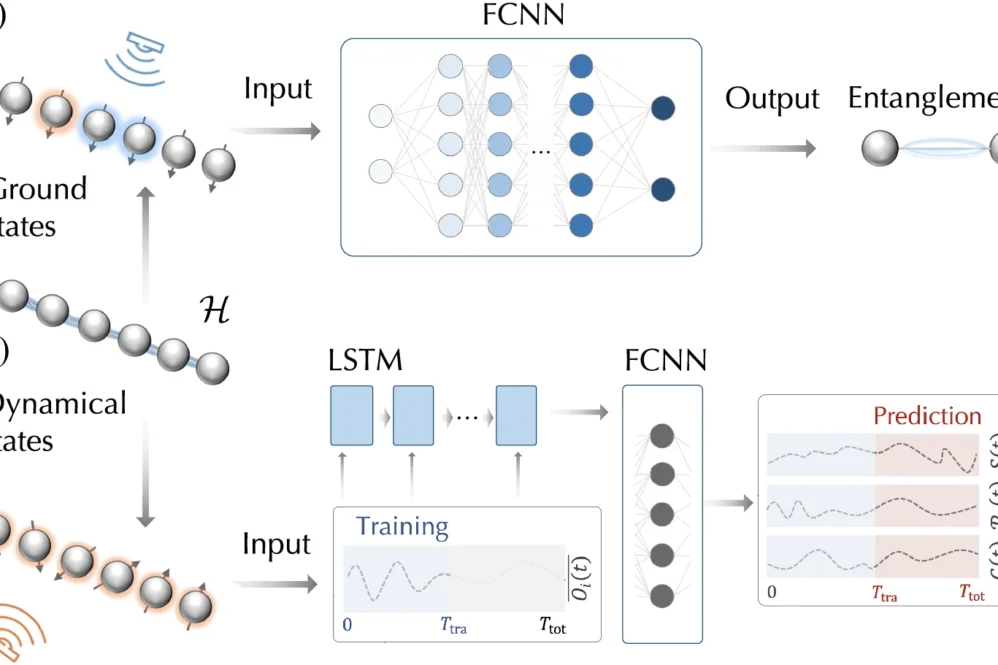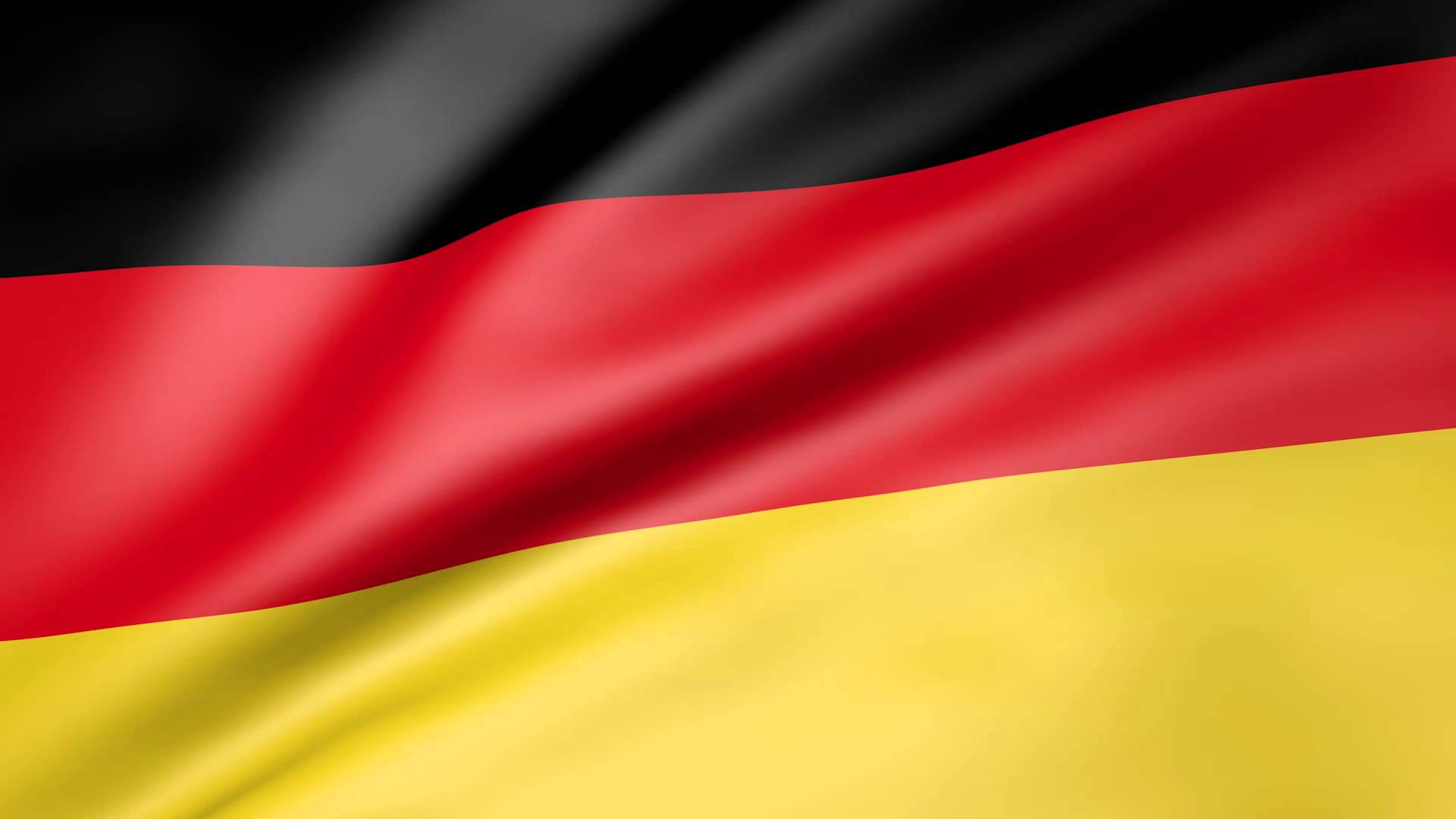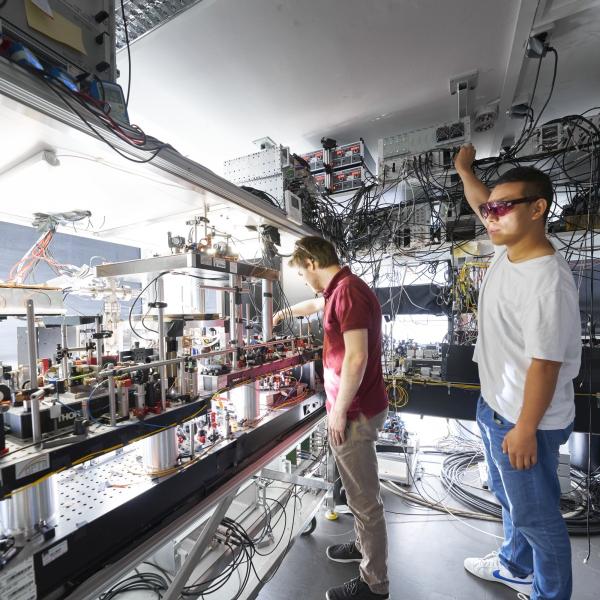This study presents an innovative protocol that uses neural networks to measure quantum entanglement in both static and dynamic quantum systems. The approach is particularly significant as it can effectively measure entanglement in systems with up to 100 qubits using only single-qubit and two-qubit Pauli measurements, making it highly practical for current quantum computing platforms.
The research addresses two critical challenges in the Noisy Intermediate-Scale Quantum (NISQ) era. First, it provides a method for quantifying entanglement effectively, going beyond simple yes/no detection of entanglement presence. Traditional methods like full state tomography become impractical for larger systems due to the exponential increase in required measurements. While various techniques have been developed to improve efficiency, including compressed sensing and neural network-based approaches, measuring entanglement remains particularly challenging because small changes in quantum states can result in significant differences in entanglement values.
The second challenge addressed is the ability to predict entanglement dynamics beyond the measurement time window. This is crucial for non-equilibrium quantum simulations, where current NISQ devices are limited by coherence times. The protocol successfully predicts future entanglement dynamics based solely on previous single-qubit measurement data.
The researchers validated their approach through both numerical simulations and experimental implementation. Using a nuclear spin quantum processor, they demonstrated the protocol’s effectiveness in measuring entanglement in ground states and dynamical states of a one-dimensional spin chain. The experimental results confirmed that two-local measurements could accurately predict static entanglement across various system parameters.
By requiring only local measurements and demonstrating effectiveness for systems of up to 100 qubits, the protocol offers a scalable solution for measuring entanglement in quantum many-body systems. This is particularly valuable given entanglement’s crucial role in quantum technologies, including quantum computation, communication, and simulation of many-body physics.
Reference: Huang, Y., Che, L., Wei, C. et al. Direct entanglement detection of quantum systems using machine learning.
npj Quantum Information, Published online: 20 February 2025; doi:10.1038/s41534-025-00970-w



